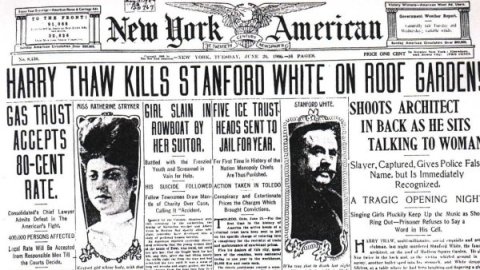Why We Love Bad News: Understanding Negativity Bias

Every second of every day our brain is bombarded by way too much data than we can possibly process and because nothing is more important to our survival to the species than survival all our visual data, auditory data is funneled to a sliver of the temporal lobe called the amygdala.
The amygdala is our danger detector. It’s our early warning system. It literally combs through all of the sensory input looking for any kind of a danger on putting in on high alert and it evolved during an era of human evolution that was of the immediate type, the tiger in the bush. You would hear a rustle in the leaves and you would think tiger, not wind and the point—one percent of the time that it was a tiger it saved your life, but today the amygdala literally calls our attention to all the negative stories and if you see a thousand stories you’re going to focus on the negative ones and the media takes advantage of this and you know the old saw if it bleeds it leads. Well that’s why 90% of the news in the newspaper and on television is negative because that’s what we pay attention to.
And as it turns out we also have a number of what are called cognitive biases. The Nobel Laureate Daniel Kahneman first addressed these and these cognitive biases keep us negative. We have a negativity bias, which is the tendency to give far more information to negative details than positive ones and the confirmation bias, which is our tendency to selectively look at information or see information that confirms our preexisting notions, which is fine except that our preexisting notions are typically negative and therefore, we’re reconfirming our negative expectations.
So ultimately we are kept in this negative state of mind and when the amygdala goes on high alert because much of the dangers around us today are probabilistic dangers, a pandemic might strike, an asteroid might hit, we end up in a situation that our amygdala is always on high alert and it’s screening out the positive news and allowing in the negative news.
In Their Own Words is recorded in Big Think’s studio.
Image courtesy of Shutterstock




